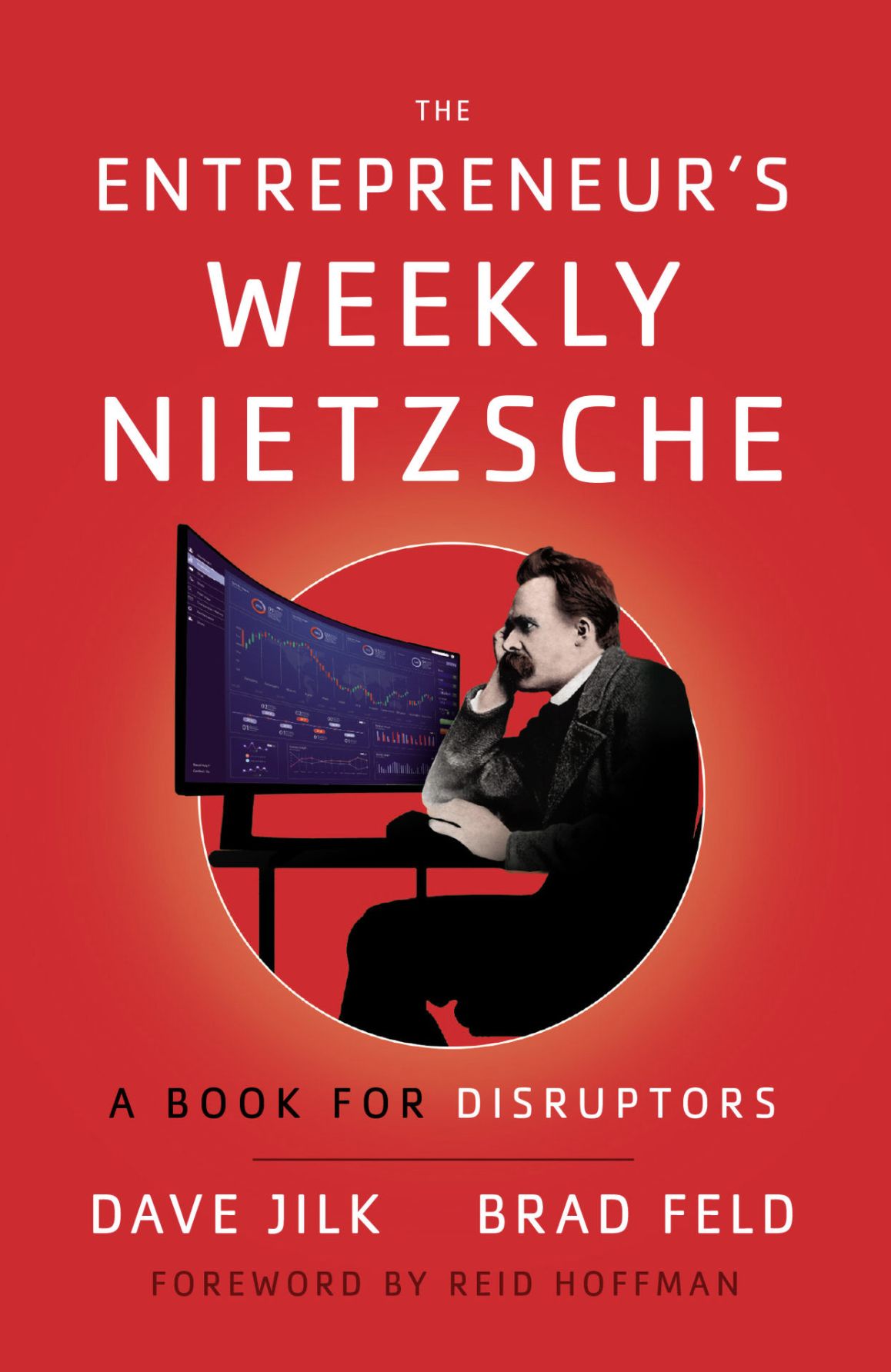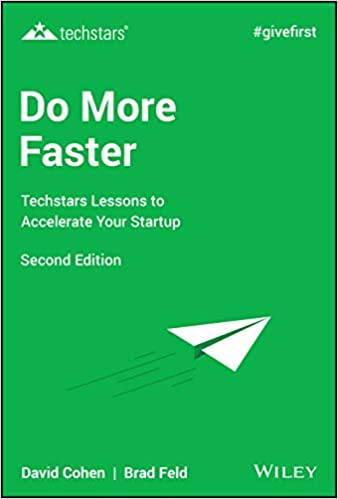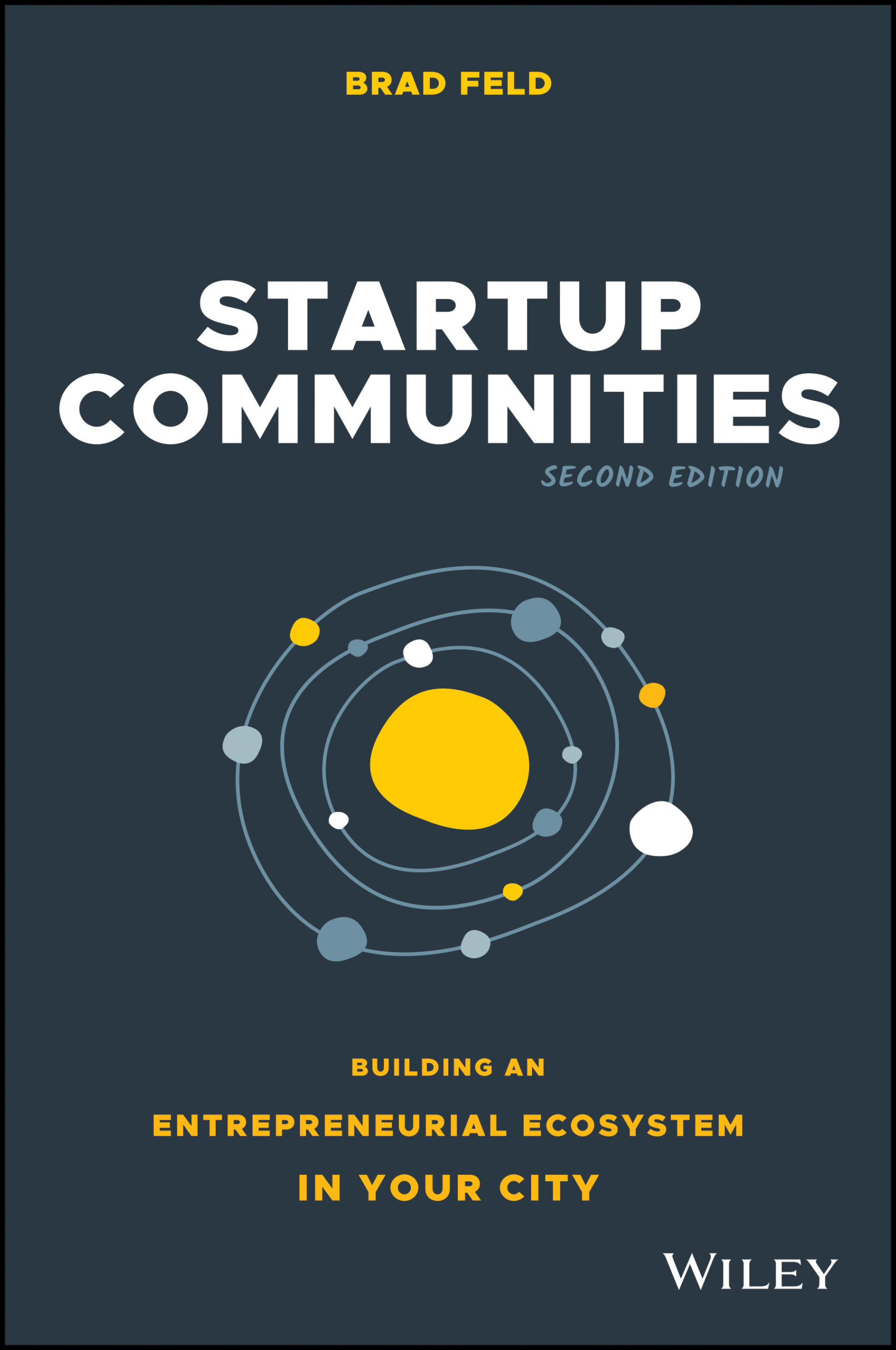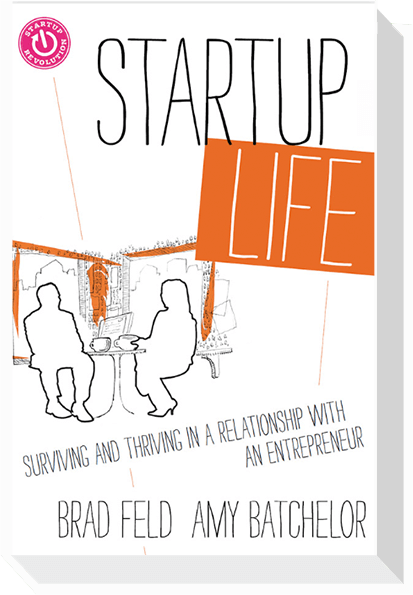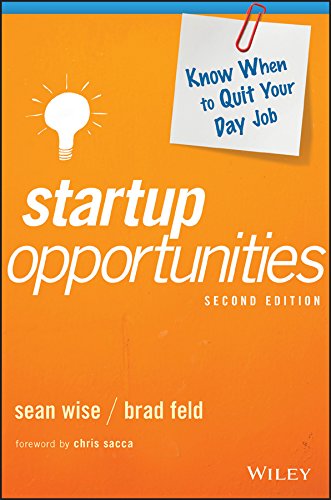Why Every Entrepreneur Should Read “Zen And The Art Of Motorcycle Maintenance”
Guest Post By: Mahendra Ramsinghani – (Contributor, Blogger, Investor)
Friend, Co-author and uber-VC, Brad Feld (who IMHO is also the Gandhi of Venture Capital) suggests in his blog that every entrepreneur should read Robert Pirsig’s all time classic book, Zen and the Art of Motorcycle Maintenance.
Note that this book has nothing to do with startups, term sheets, venture capital, minimum viable product or customer adoption. As Pirsig says, its got nothing to do with Zen Buddhism or motorcycles either.
But it offers some deep and powerful lessons. It’s about living an authentic life, which transcends into our startups, our ethos and our careers. Such a way of life is embedded in the DNA of every “Steve Jobs” like entrepreneur.
Quality startups are equal parts Science, Art and Religion: Science is the very basis of robust products. And in the recent years, artists and design are considered a primary facet of any startup. But what is “quality” – we only define quality mechanistically – that which we can measure. By this criterion General Motors produced pure art, whereas Picasso did not, Pirsig writes. Yet good quality is not detected just by a measuring instrument – its a work of Art. Steve Jobs got that well before we all did. Now, every other person we know is a minimalistic UI/UX expert. And while Pirsig does not get too much into religion, his underlying point is clear – get your specs nailed (the Science), add some good design (the Art) and immerse yourself. The state of mind which enables a man to do work of this kind is akin to that of a religious worshipper or love. The daily effort comes from no deliberate intention or program, but straight from the heart. Those three filters – logic, creativity and soul — apply to everything in life, not just startups.
Good entrepreneurs blend the analytical AND the emotional: This debate, the kernel of the book, is a challenge for every startup – the logical geeks (analytical) will always think that the design (emotional and creative) folks are crazy. Or the accounting (analytical) will think marketing (largely emotional) is such a waste. One is shallow, the other is needlessly dull. Mechanical and prosaic versus vibrant and awesome. One is a drag, other has too much levity. Logic versus intuition? Classical versus romantic? The debate rages on. Pirsig concludes that you need a blend of both. We have artists with no scientific knowledge and scientists with no artistic knowledge, and both with no spiritual sense of gravity at all, and the result is not just bad, its ghastly. The time for real unification of art and technology is really long overdue, he writes (back in 1974).
Your product design requires some soul: We all have had our share of badly designed tech-products. Pirsig writes that, the real ugliness is not the result of any objects of technology or the people who produce it. The real ugliness lies in the relationship between people who produce the technology and the things they produce..what is wrong with technology is that its not connected in any real way with the matters of the spirt and of the heart. And so it does blind, ugly things… Put another way, Pirsig says if you dont have a deep relationship with your work, you will suck, create blind, ugly and lousy products. Your customers will see it. And vote with their money. A good product designer’s identity merges with her product and this identity is the basis of craftsmanship. Got soul?
Towards the end of his book, he writes, speaking to the entrepreneur in all of us, “We do need a return to individual integrity, self-reliance and old-fashioned gumption. We really do.”
The book was rejected by 121 publishers. Like a good entrepreneur, Robert Pirsig never gave up – once published, it sold 5 million copies worldwide. Thirty eight years later, Pirsig’s timeless wisdom continues to rank amongst the best books ever. Ignore it at your own risk.


